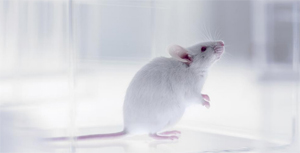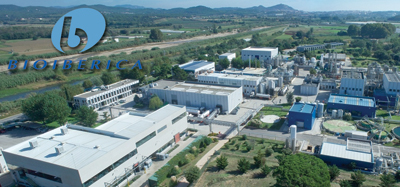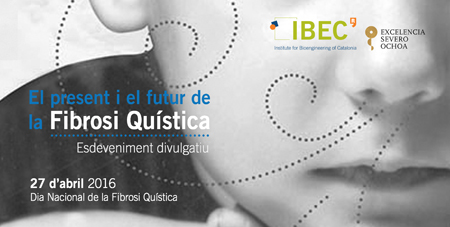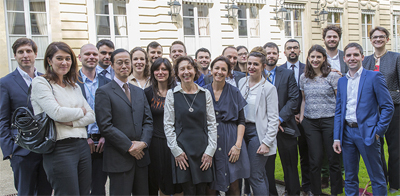Search Results for:
IBEC signs agreement with Bioibérica
 IBEC has signed a collaboration agreement with Bioibérica S.A., a company specialised in the R&D, production and sale of biomolecules and new technologies for the pharmaceutical, veterinary and agrochemical industries. It’s the latest success story in IBEC’s active pursuit of the establishment of research projects with industry partners who share its commitment to bringing high-quality health research and technologies to market and the patient.
IBEC has signed a collaboration agreement with Bioibérica S.A., a company specialised in the R&D, production and sale of biomolecules and new technologies for the pharmaceutical, veterinary and agrochemical industries. It’s the latest success story in IBEC’s active pursuit of the establishment of research projects with industry partners who share its commitment to bringing high-quality health research and technologies to market and the patient.
Together, IBEC – specifically its Nanomalaria joint unit with ISGlobal, led by Xavier Fernández-Busquets – and Bioibérica, which since its formation in 1975 has focused on the investigation and production of biomolecules extracted from animal tissue with significant biological and therapeutic properties, will explore ways of combining their expertise to achieve advances in future medicine.
Focus on Cystic Fibrosis
 To coincide with National Cystic Fibrosis Day 2016, IBEC and the Catalan Association of Cystic Fibrosis (ACFQ) have organized an event, “The present and future of Cystic Fibrosis”, which is taking place on 27th April at the Barradas auditorium (Rambla Just Oliveras 56, L’Hospitalet de Llobregat).
To coincide with National Cystic Fibrosis Day 2016, IBEC and the Catalan Association of Cystic Fibrosis (ACFQ) have organized an event, “The present and future of Cystic Fibrosis”, which is taking place on 27th April at the Barradas auditorium (Rambla Just Oliveras 56, L’Hospitalet de Llobregat).
As part of IBEC’s new ‘Focus on…’ series of outreach activities, which will highlight diseases for which the institute’s researchers are working towards finding solutions, the day will raise awareness about and present research results and clinical advances relating to CF, which is one of the most common serious genetic diseases in Catalonia. IBEC’s Bacterial Infections: Antimicrobial Therapies group’s projects researching the enzyme that promotes the growth of the bacteria linked to this disease, and possible therapeutic targets, has been supported by the ACFQ since 2009.
IBEC Seminar: Marina Martínez
How to improve proposals & strategy within Horizon 2020
IBEC Seminar: Marina Martínez
How to improve proposals & strategy within Horizon 2020
IBEC Seminar: Guy A. Dumont
Signal Processing and Control: From Sleep Apnea to Automated Anesthesia
IBEC Seminar: Guy A. Dumont
Signal Processing and Control: From Sleep Apnea to Automated Anesthesia
IBEC project among 44 funded by AXA
 The AXA Research Fund, the international scientific philanthropy initiative of global insurer AXA, officially announced last week that it will devote €15.6m in 2016 to 44 new research projects with leading academic institutions in 16 countries.
The AXA Research Fund, the international scientific philanthropy initiative of global insurer AXA, officially announced last week that it will devote €15.6m in 2016 to 44 new research projects with leading academic institutions in 16 countries.
IBEC’s two-year project, “Novel approaches for Pandemic Virus Targeting Using Adaptive Polymers”, is led by new junior group leader Lorenzo Albertazzi and aims to harness nanotechnology to introduce a whole new class of tools to fight viruses. This and the 43 other new projects were announced last Friday at an event in Paris, bringing together AXA executives and experts, members of the AXA Research Fund scientific community and academic partners, and other stakeholders.
PhD Discussions Complementary Skills Session: Xavier Rubies
Technology Transfer: how to bring science to the market
PhD Discussions Complementary Skills Session: Xavier Rubies
Technology Transfer: how to bring science to the market
